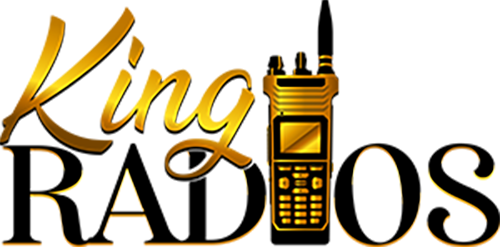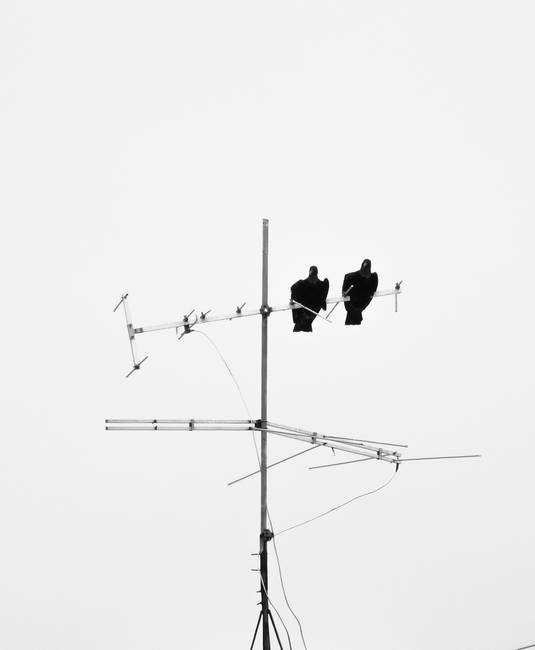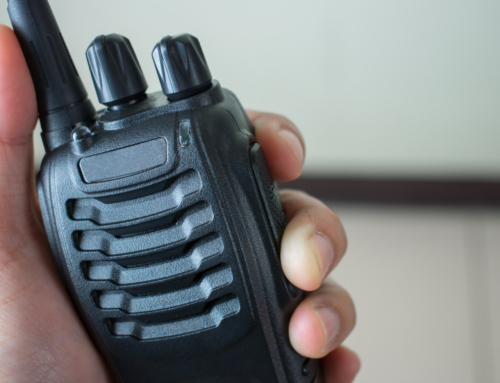Have you ever thought about how your antenna affects your radio’s performance? More than likely, you accept those blind spots as a part of using your radio, but what if you could improve reception?
More often than not, radio operators don’t think about their base station antenna. Typically, people think of antennas as an inexpensive commodity that gets the job done – like salt or sugar. However, your choice of base station antenna can affect radio performance greatly.
Base station antennas affect the coverage, capacity, performance and efficiency of your base station. As radio operators compete with the airwaves against 4G technology – and soon 5G – base station antenna quality will only become more important.
To learn how to equip your radio with the best base station antenna, read on.
The Old Way of Choosing Antennas
Gain indicates how well an antenna transmits signals in a desired direction. You’d measure it in decibels relative to isotropic radiator (dBi). For every three dBi, signal strength doubles.
There’s a good chance that you have an 18 dBi antenna. There’s also a good chance that you, or whoever procured the antenna, brought that antenna by default.
There’s a reason why most base radio operators end up buying 18 dBi antennas. In the past, 18 dBi antennas had the best gain around. Furthermore, manufacturers could produce them in mass quantity and at a profit.
Over time, 18 dBi became the go-to base station antenna for radio operators. When someone purchased a base station, they would also buy an 18 dBi antenna without thinking twice.
This routine served manufacturers and base station owners well for years. However, this will soon change.
Already, there’s a better alternative to 18 dBi base station antennas. Now, you can purchase a high-gain, ultra-high efficiency antenna.
Although 18 dBi antennas have worked reasonably well over the years, there’s always been a question about their narrow vertical beamwidth. Also, the limited 65-degree horizontal beamwidth has always left radio operators yearning for something better.
Now, data transmission is surpassing voice transmission with the emergence of 3G and 4G mobile networks. As cell phone service providers roll out 5G cellular connectivity, radio operators will need an antenna with higher gain and a sharper roll-off curve than that provided by an 18 dBi antenna.
Understanding Your Needs
It’s important to understand that the 21 dBi base station antenna is the best grade antenna currently available. However, it’s not the best antenna for all situations.
A 21 dBi base station antenna can enable you to realize significant improvements over an 18 dBi unit. However, they require significantly complex feeding networks.
Also, you need to think about what’s most efficient for your set up. More range requires more power. This point should factor into your buying decision.
Now, the reasons for looking beyond a standard 18 dBi antenna should start coming into focus – still, no one antenna’s right for every application.
For example, if your base station is next to a tall building, you could manage fine with a 15 dBi antenna. However, the same isn’t so if you’re broadcasting from a rural site.
In a rural area, you’d need maximum coverage. Therefore, a 21 dBi base station antenna is the best option for rural settings.
Conversely, you need more capacity in a suburban area. In the suburbs, you need to suppress interference rather than focus on coverage. In the suburbs, you’ll want a high gain, high-efficiency antenna.
Finally, urban environments are dense settings. Here, you’d need to contain the signal within the cell.
Still, you’d need a strong signal with exceptional in-building penetration. You’d also need a high ratio of carrier signal to interference in an urban environment.
It’s also important to set your antenna up correctly. Numerous tests have proven that there is a sharp cut off at 1,950 feet with a high gain antenna at a 6-degree tilt.
You’ll notice a big difference in performance with a 5.5-degree tilt and a 6-degree tilt. This property is even more important than a stronger signal.
Types of Base Station Antennas
There are many types of antennas for base stations. Manufacturers usually rate base station antennas based on their gain.
The 4017 automatic tuning horizontal dipole antenna is compact and convenient. It’s also effective.
This unit is a high-performance antenna. It works by storing channel data after each tuning sequence, increasing efficiency.
Manufacturers designed the 912 broadband base station antenna for optimal communication over broadband. The 912 antenna is lightweight and resists corrosion. It can also withstand wind speeds of nearly 125 miles per hour.
The 915 single wire dipole antenna has relatively low bandwidth. It’s ideal for areas with low connection rates and requires minimal maintenance.
If you must use multiple frequencies from a single base station, you can stack numerous dipoles between the two towers. You can then use an antenna switch box to navigate between the various dipoles to find your channel.
The 918 log periodic antennas have an average gain of six to seven dBi. Typically, you’d use this kind of antenna for long-distance communication between a home base and base stations in areas without much network coverage. You can steer 918 log periodic antennas to optimize them for high directional gain.
Connectivity That You Can Count On
You can count on Hanson Communications to help you fulfill your base station radio needs. We operate a full-service shop staffed by FCC licensed technicians.
If we sell it, we repair it. We also perform warranty repairs.
Best of all, you can always count on a competitive price when sourcing your equipment from Hanson Communications. We’ll always do our best to give you the best price possible.
Hanson Communications also offers bulk pricing. We sell and service equipment for schools, hospitals, government agencies, golf courses and other organizations.
Contact our friendly communications experts today for your new equipment or repair needs.






Leave A Comment
You must be logged in to post a comment.